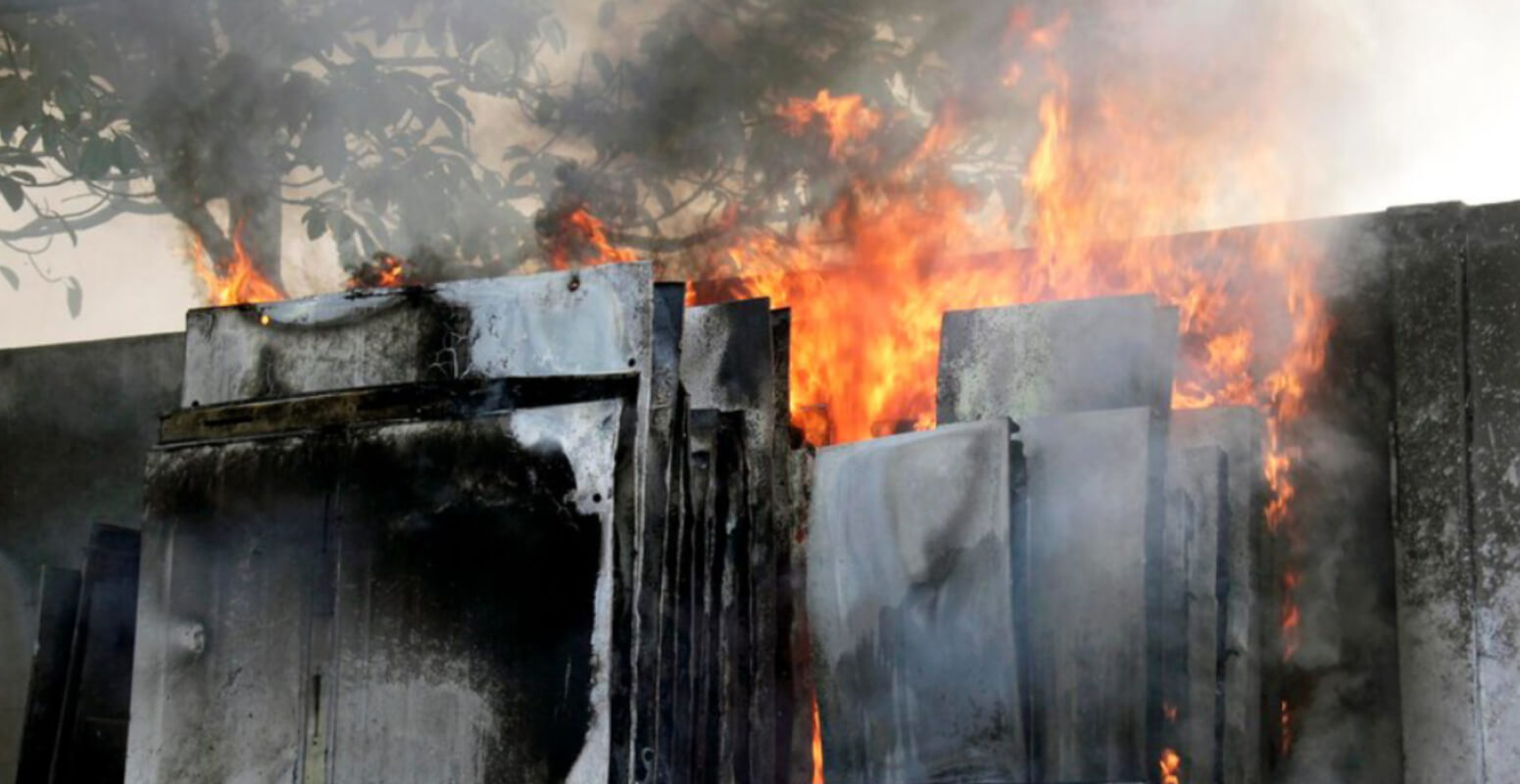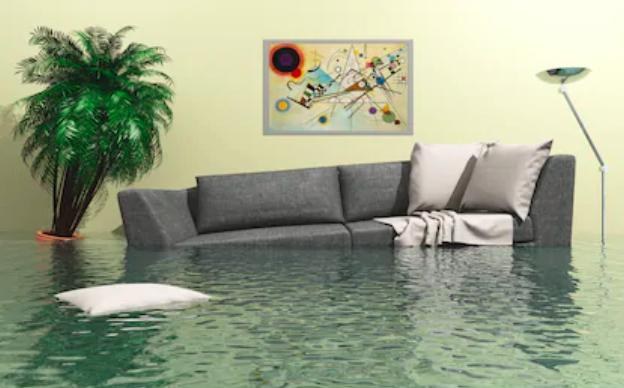Smoke is one of the most stubborn problems a homeowner can face after a fire. Even long after the flames are out and the walls are cleaned, that smell lingers—embedded in fabrics, furniture, vents, and wall cavities. What most people don’t realize is that smoke odor removal isn’t about covering up smells with air fresheners—it’s about identifying, treating, and neutralizing odor particles at the source.
At Stanley Restoration, we’ve handled hundreds of post-fire homes throughout North Texas. We’ve seen firsthand how smoke odor can linger for weeks—or even years—if not handled properly. In this guide, we’ll walk through how professionals permanently eliminate smoke odor, the science behind it, and why most DIY attempts fail.
Why Smoke Smell Doesn’t Just “Air Out”
Smoke is a combination of tiny particles that include carbon, tar, ash, and chemicals from whatever burned. These particles are incredibly small and penetrate deep into materials like drywall, insulation, carpet, and even subflooring. That’s why simply opening windows or running fans does almost nothing.
In the aftermath of fire damage restoration, even clean-looking homes can still smell like smoke. That’s because smoke infiltrates HVAC systems, gets trapped in porous materials, and clings to surfaces long after the fire is out.
Our technicians are trained in advanced smoke damage restoration and use thermal fogging, ozone treatment, and HEPA filtration to remove particles at the molecular level. This eliminates odor rather than masking it.
The First 24 Hours Matter Most
The longer smoke sits, the more it bonds to surfaces. That’s why we respond immediately to fire and smoke cleanup calls—starting with ventilation and progressing quickly to soot removal, decontamination, and odor treatment. If your home has smoke damage, acting fast is the key to saving walls, fabrics, and air systems from permanent contamination.
We also check spaces that most homeowners overlook—attics, crawlspaces, cabinetry interiors, and HVAC returns. A common mistake is focusing only on the visible rooms, but a complete soot and smoke removal process must include every pathway smoke could travel.
Why DIY Odor Fixes Don’t Work
Homeowners often try candles, sprays, vinegar, or “smoke bombs.” Unfortunately, none of these approaches treat the actual cause. At best, they provide temporary relief. At worst, they combine with smoke particles and create an even more unpleasant smell.
Our team uses equipment designed specifically for post-fire odor remediation. Ozone machines break down odor molecules in the air. Thermal fogging fills spaces with vapor that mimics the penetration path of smoke, neutralizing it deep inside walls and materials. HEPA air scrubbers clean the air as we work, reducing health risks and returning the indoor environment to a clean baseline.
We also provide HVAC smoke cleaning when systems have recirculated smoke throughout the house. This is often the final step in long-term odor elimination.
What About Belongings?
Smoke doesn’t stop at the walls—it gets into your clothes, furniture, bedding, and even electronics. We offer contents restoration services for items exposed to smoke. This includes soft goods restoration services for textiles, electronics restoration after fire, and fire damaged contents cleaning using ultrasonic washing, dry cleaning, and deodorization.
If your sentimental items have been exposed, we’ll pack them out for off-site treatment. Our contents pack out and cleaning process ensures they’re handled with care and returned fully restored when possible.
Smoke From Fires Isn’t the Only Problem
Some homes have long-term smoke exposure from sources like cigarettes, stoves, or minor kitchen fires. These types of jobs require cigarette smoke remediation and house smoke damage repair, even if no major blaze occurred.
We treat these properties with the same precision and science-backed process. Odor may not come from a recent disaster, but it still deserves permanent resolution.
Preventing Odor After Future Events
Once a home is restored, the goal is to avoid odor returning in the future. That’s why Stanley Restoration often recommends fire damage contractors install odor-blocking primers, replace insulation, and thoroughly clean ducts during rebuild. This ensures any residue left behind doesn’t reignite smells later down the line.
For homes located in wildfire-prone areas or near high-risk zones, we also offer emergency smoke cleanup and proactive odor control measures that keep homes livable—even when the air outside isn’t.
Don’t Just Mask the Problem—Fix It for Good
When it comes to odor, your nose knows. If your house doesn’t smell right, it’s trying to tell you something. Our job is to make sure that “something” doesn’t become a long-term issue. Whether it’s from a major blaze, a nearby wildfire, or smoke buildup over time, Stanley Restoration has the tools, training, and experience to make it right.
From smoke cleanup services to structural rebuild, we don’t just restore your home—we restore comfort, peace of mind, and breathable air you can trust.

 Get To Know Us
Get To Know Us








 We Offer Financing
We Offer Financing




